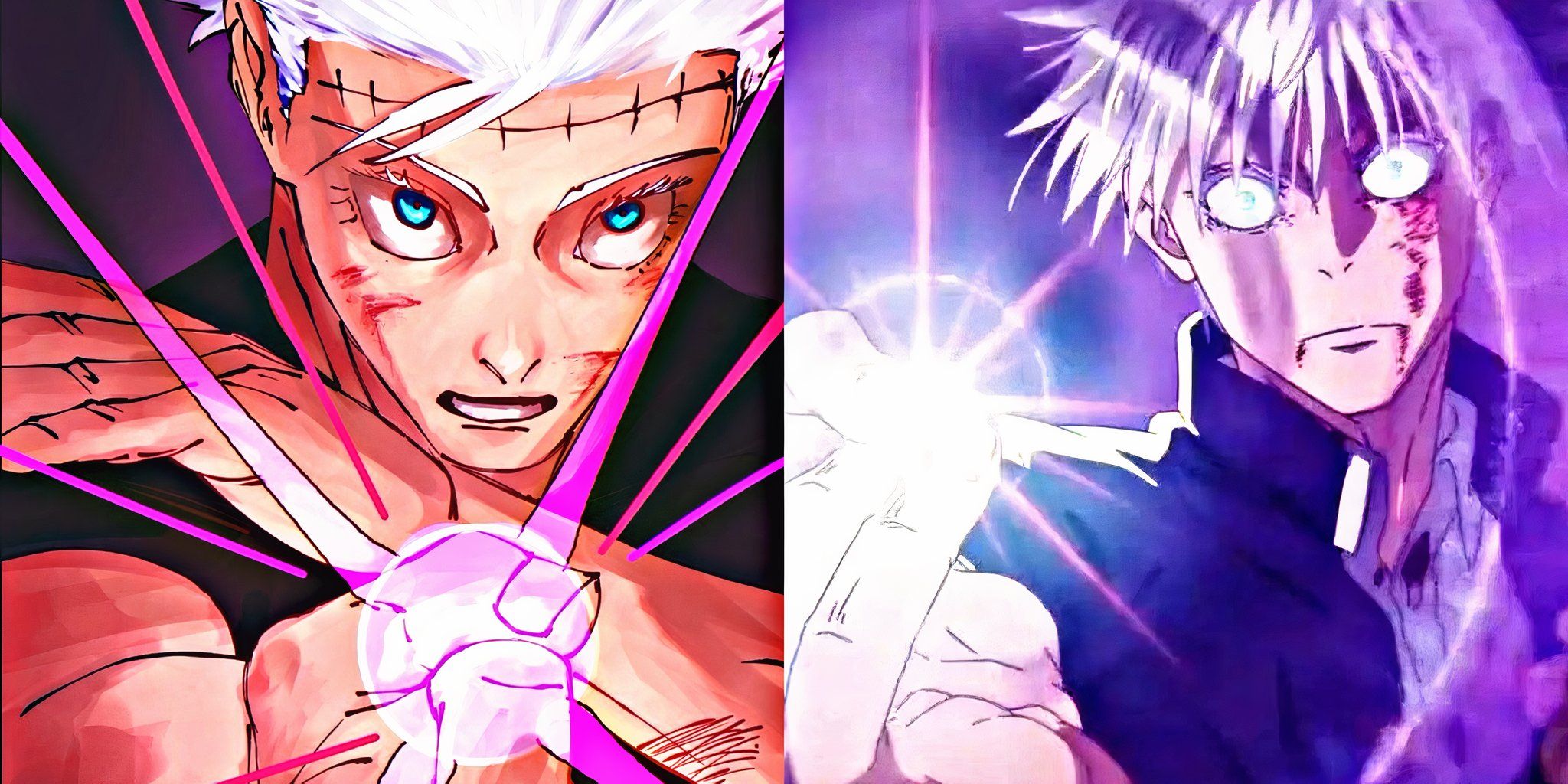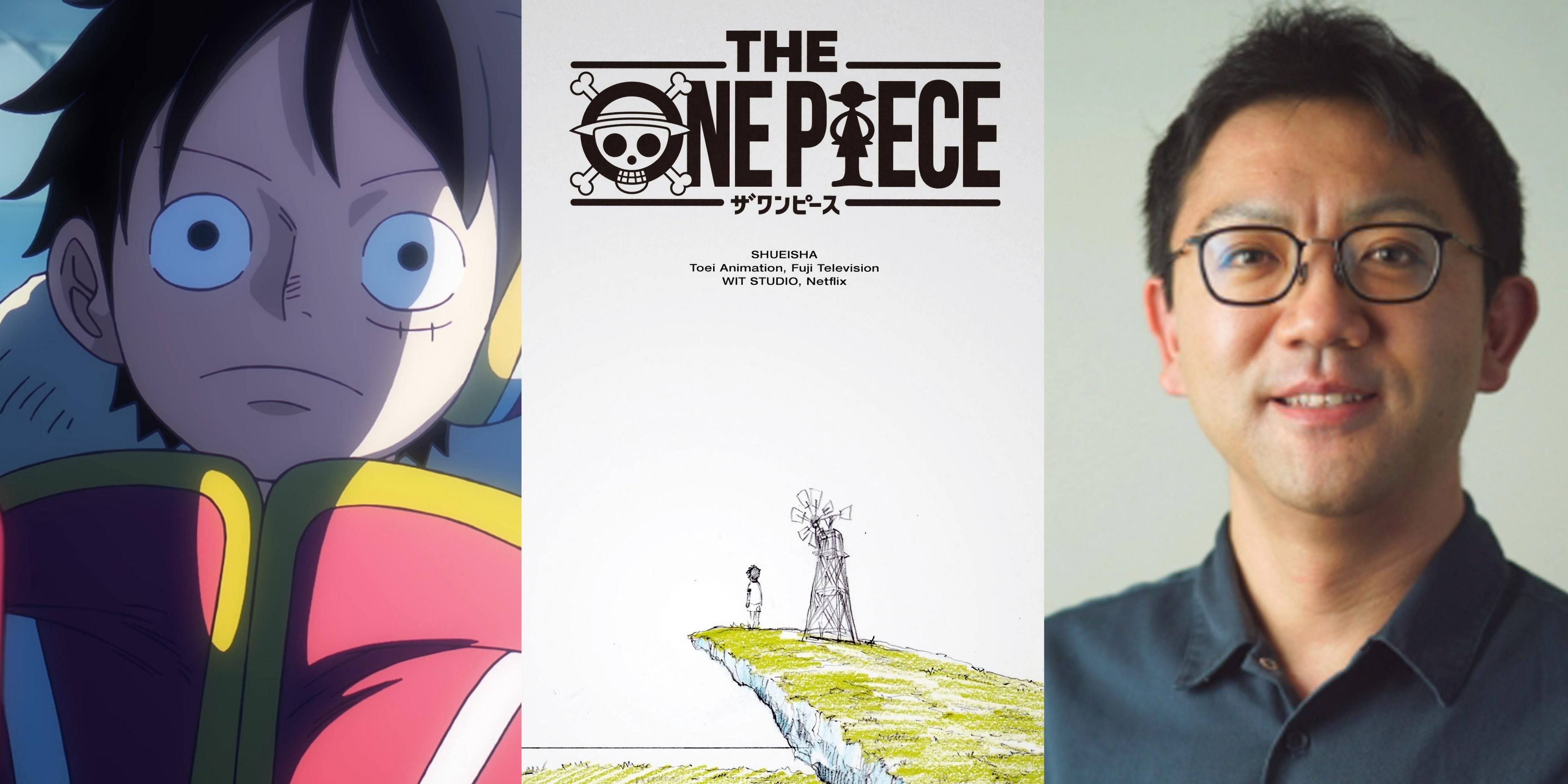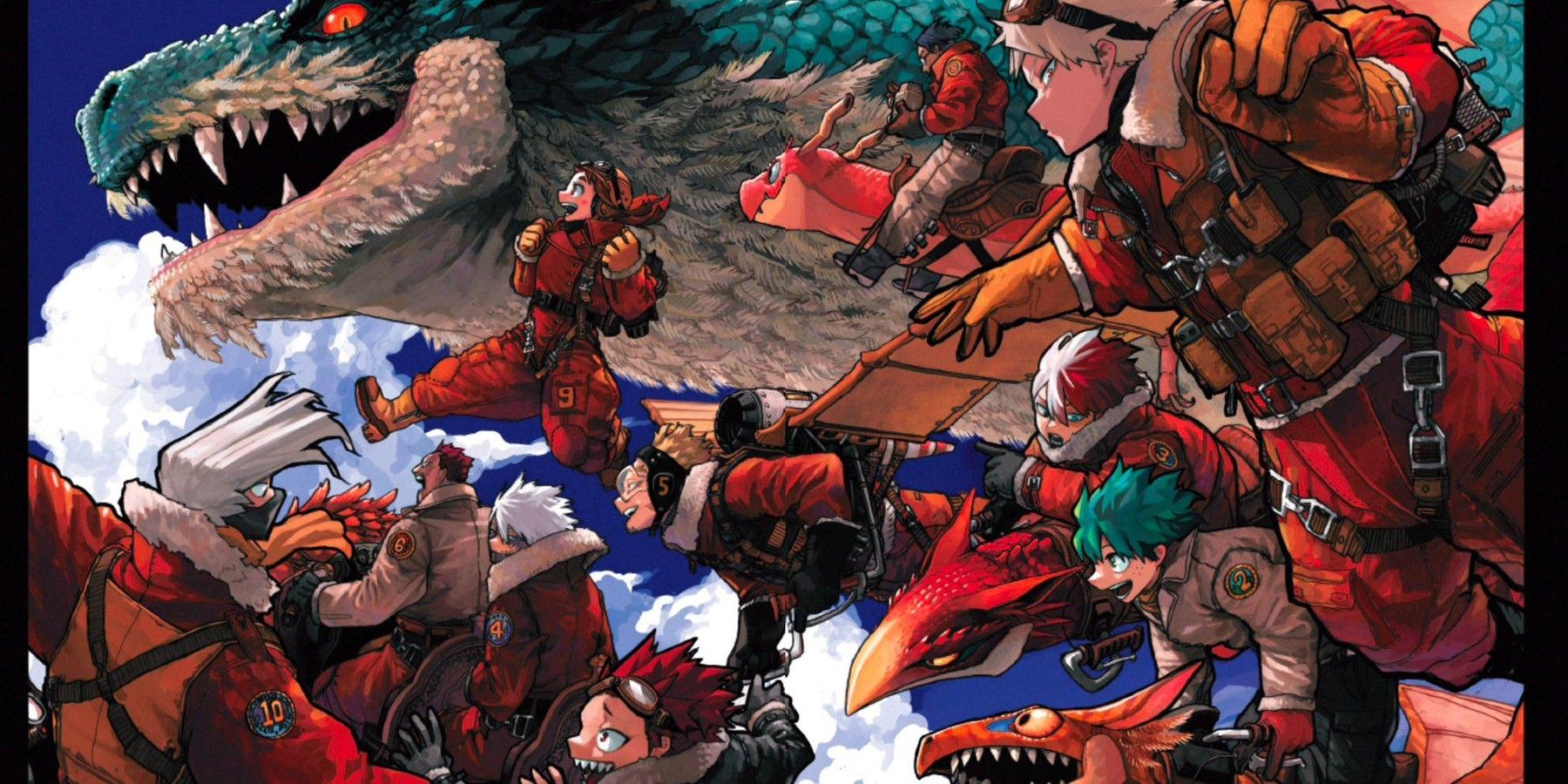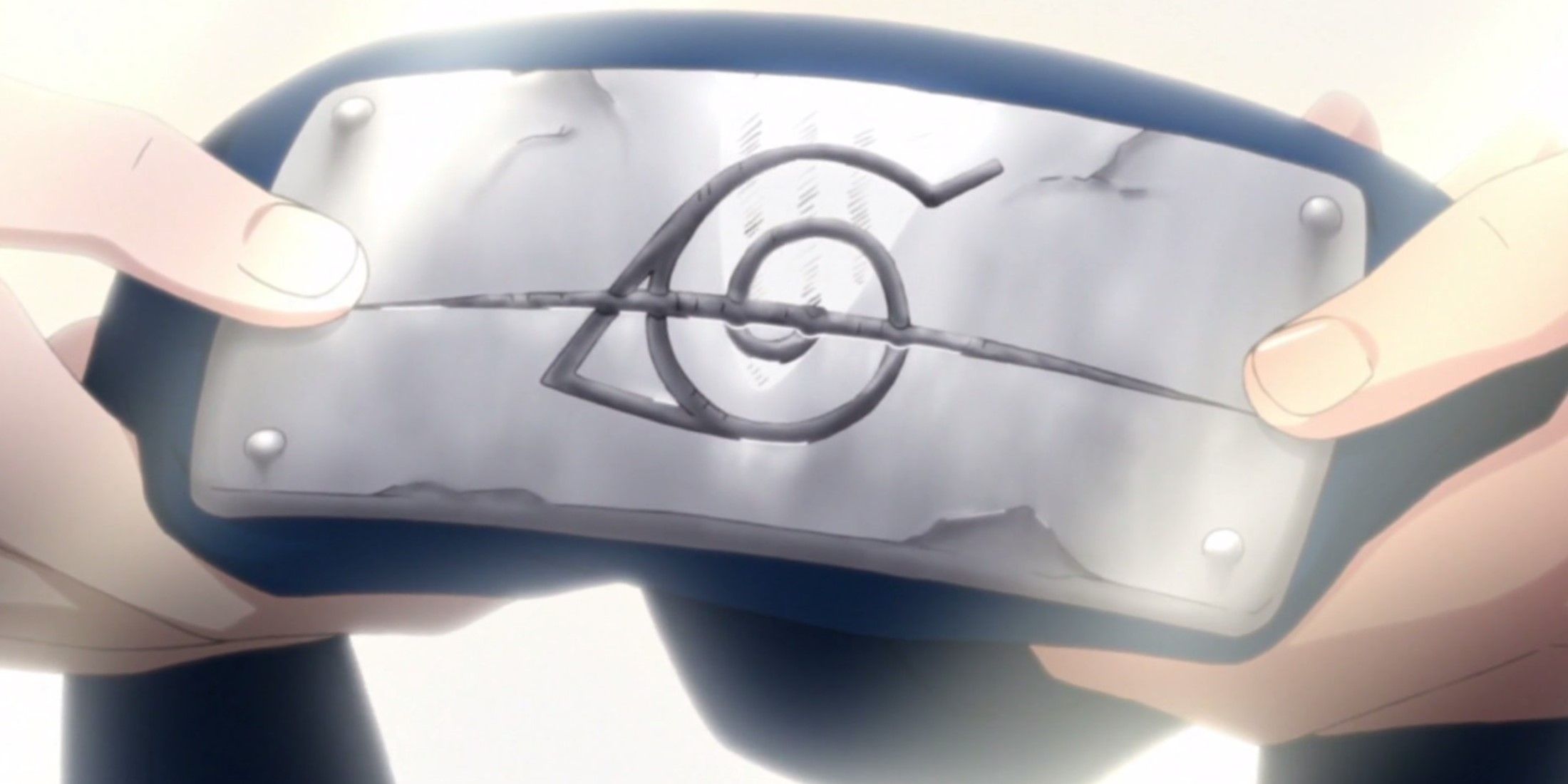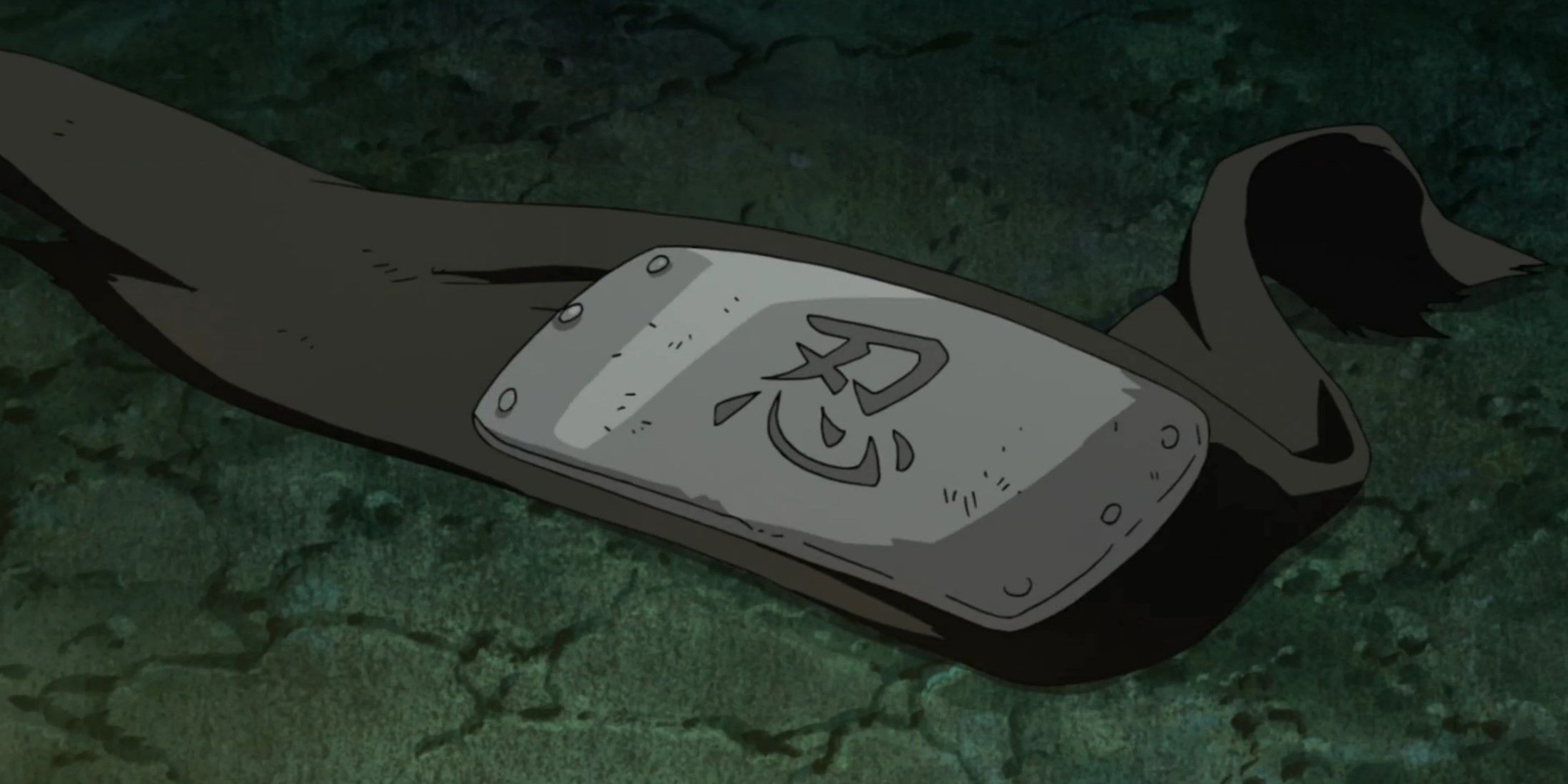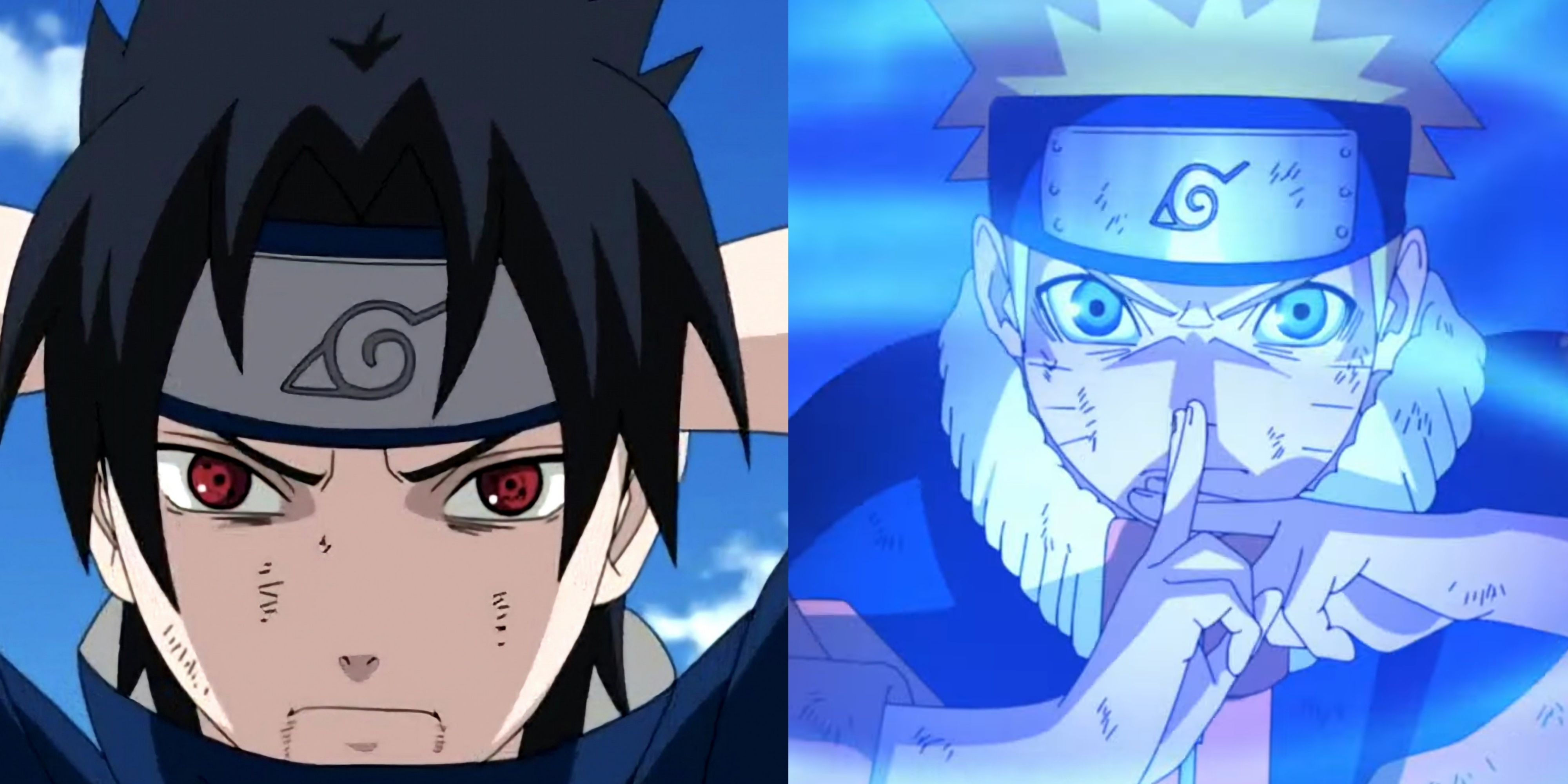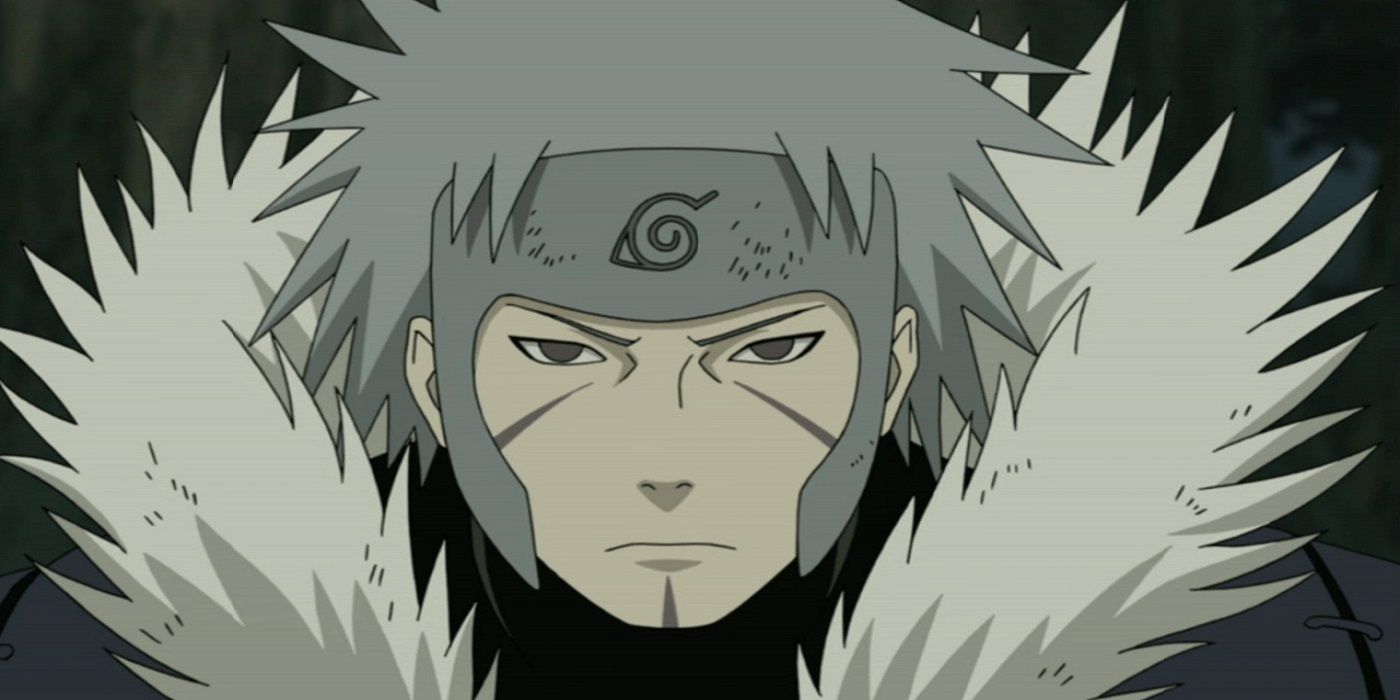Highlights
- Forehead protectors in Naruto serve as a symbol of a shinobi's allegiance to their village or organization.
- Shinobi take great pride in wearing their forehead protectors, which signify their rank and completion of training.
- Some shinobi may choose to deface or discard their forehead protectors to signify their disaffiliation with their village.
Reflecting a shinobi's allegiance to their village, or organization, forehead protectors are a common facet of most character designs in Naruto, and in certain cases, they may even become a distinguishing feature of a character's appearance. There is a lot of symbolism attached to forehead protectors throughout Naruto, most notably seen in Sasuke Uchiha's forehead protector, which was a marker of his ties to Konohagakure, and his relationship with his only friend Naruto Uzumaki.
Generally, forehead protectors consist of a simple headband with a metal plate on which is engraved the symbol of a shinobi's hidden village. Wearing them has been an integral part of shinobi traditions all over the world, and most ninja take great pride in them. Alternatively, shinobi who leave their villages or are forced out often discard their forehead protectors or deface them in some manner, to signify that they are no longer affiliated with the village.
How Do Shinobi Acquire Forehead Protectors?
At first, Masashi Kishimoto, the creator of Naruto, added a forehead protector to the character design of his protagonist, Naruto Uzumaki, as it was easier to draw than the complicated goggles that he wore prior to his graduation from Konohagakure's Academy. Shinobi are usually given forehead protectors once they graduate from their respective village academies. This signifies that they have left the education system and have become fully fledged shinobi who have achieved the rank of genin.
During the practical section of the Genin Exams in Konohagakure, following the new changes to its curriculum, participants are handed a white bandanna which acts as their "life." Once the exam is completed, the proctor releases the Transformation Jutsu on the bandannas worn by those who have passed, revealing them to be forehead protectors.
Why Are Forehead Protectors Important?
As a symbol of the pride they have in their village and its traditions, shinobi generally wear their forehead protectors at all times, especially when on missions or while sparring with comrades from the same village. In the latter case, there is a sort of ceremonial importance given to the act of wearing a forehead protector, where shinobi are bound to show a certain level of respect when competing against one another.
Conversely, the act of not wearing a forehead protector may be viewed as a sign of dissent or disrespect to one's village in some cases, although this is not always certain. Some shinobi may be extremely loyal to their village even when not donning its forehead protector. This can be seen in the case of Jiraiya, who wears a horned metal protector bearing the kanji for "oil," indicating his connection to the toads of Mount Myobuku, where he learned the art of senjutsu. Additionally, most Anbu operatives also do not wear forehead protectors.
The act of returning one's forehead protector is generally a sign of dishonor, as shinobi who are stripped of their rank are usually asked to give up their forehead protectors. In this case, the act of giving up one's forehead protector signifies that the individual in question is not worthy of being a shinobi affiliated with that particular village. This is evidenced in how Boruto was forced by Naruto to give up his forehead protector after being caught cheating during the Chunin Exams.
Lastly, the Allied Shinobi Forces forehead protector was designed by Mifune, the General of the Land of Iron's samurai, in the build up to the Fourth Shinobi World War. Where most forehead protectors bear village insignias, this one simply had the kanji for "shinobi" engraved on it. In effect, this signified that all ninja who were once divided by conflicts between villages were not united under a common cause.
What Are The Different Ways In Which Shinobi Wear Them?
Some rogue ninja continue wearing their forehead protectors even after leaving the village, as was done by Zabuza Momochi and his subordinate Haku, after they fled from Kirigakure. On the other hand, most members of the Akatsuki continued to wear their forehead protectors in one form or the other, although they all carved horizontal scratches that struck through their village emblems, indicating that they were no longer associated with them. Similarly, Amegakure shinobi who allied with Pain after his defeat of Hanzo continued to wear their forehead protectors, but carved the same horizontal scratches into them, highlighting their allegiance to the village, but disdain for its former leader.
Besides the traditional headband, some shinobi such as Sakura Haruno wore their forehead protectors as hairbands instead. This accessorization of the forehead protector can also be seen in the way Hayate Gekko, Ebisu, and Ibiki Moreno wore theirs as bandannas, or Hinata Hyuga and Temari who tied their forehead protectors around the neck. Kankuro wore the forehead protector of Sunagakure on the hood of his clothes.
Shikamaru Nara tied his around his upper left arm, whereas Might Guy, Rock Lee, and Metal Lee all wear their forehead protectors as belts, just like Ino Yamanaka in Part I of Naruto. Kakashi Hatake used his as a makeshift eye patch to conceal his Sharingan. Lastly, Tobirama Senju and Yamato were shown wearing happuri-style forehead protectors solely fashioned from metal. Most forehead protectors are navy blue, but other colors such as black, crimson, white, and purple, among others, have also been shown.
Naruto is available to stream on Crunchyroll.

